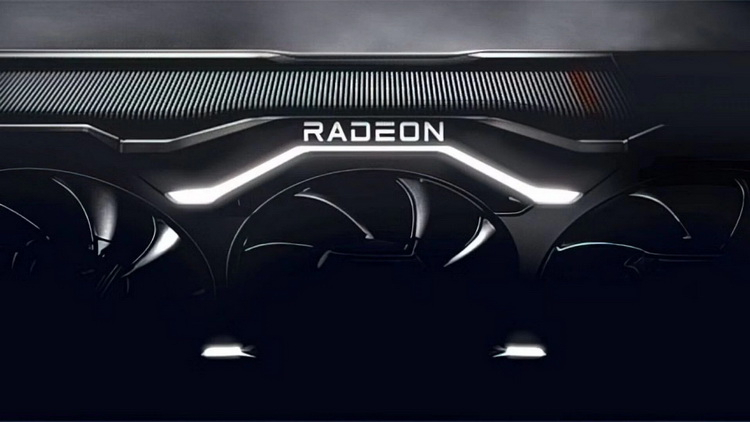
Comments from Intel representatives at the Bank of America conference were not limited to a discussion of the timing of the Sapphire Rapids server processor ramp-up.New CFO David Zinsner was also in attendance and acknowledged that the macroeconomic difficulties affecting the entire industry will not bypass his company.Component shortages, lockdowns and inflation were named as the main enemies of the dynamic PC market this year.Image source: Intel, Adobe StockThe event was addressed to financial analysts, they instantly drew conclusions from the statements of Intel representatives.SMBC Nikko Securities America experts, for example, took Intel management's lack of intention to revise its revenue forecast for the second quarter as a signal that the impact of Chinese lockdowns would shift to the third quarter and second half of the year as a whole.It was the impact of lockdowns in China that Intel's CFO talked about in the context of the possibility of lower demand for the company's products this year.At the same time, Zinsner did not correct his earnings forecast for the second quarter downward - apparently, the company still expects to receive about $18 billion for the period.However, Intel representatives had to admit that in the near future the company would have to operate in worse circumstances than previously expected.According to Zinsner, macroeconomic events will have an impact on Intel business, as in the case of the majority of corporations outside of the semiconductor market.Specifically for Intel, he explained, three factors will be of key importance, contributing to the decline in revenue.The first is the lack of components, which would allow the company to produce the adequate amount of finished products.The case in point is the shortage of chips that are manufactured by other companies - for example, the same laptop, for sale, if it is equipped with a processor and Intel chipset, but lacks power electronics or some other minor components.The second factor that is obviously holding back revenue growth in the PC segment is the correction of stocks in the warehouses of customers.The latter, in the period of deficit bought more components than they could use in their own products, and now the weakened demand will delay the realization of the existing stocks, and therefore the new purchases of components from Intel partners will start later than planned.As Zinsner admitted, all three factors have shown themselves to be stronger in the current quarter than the company originally expected.The second half of the year seems even more cloudy to Intel management than even a month ago.The Chinese market will recover from the effects of lockdowns slower than expected, although it is unlikely to have a significant impact on the company's business in the second half of the year, according to the CFO.More lockdowns shouldn't be ruled out, either, as Zinsner cautioned.In the long term, Intel still hopes to reach a revenue growth rate of 10-12% per year through 2025 or 2026.Profit margins should rise to 54-58% by the end of the forecast period.Three years from now, Intel's financial flows should normalize after all planned investments are made.


0 Comments